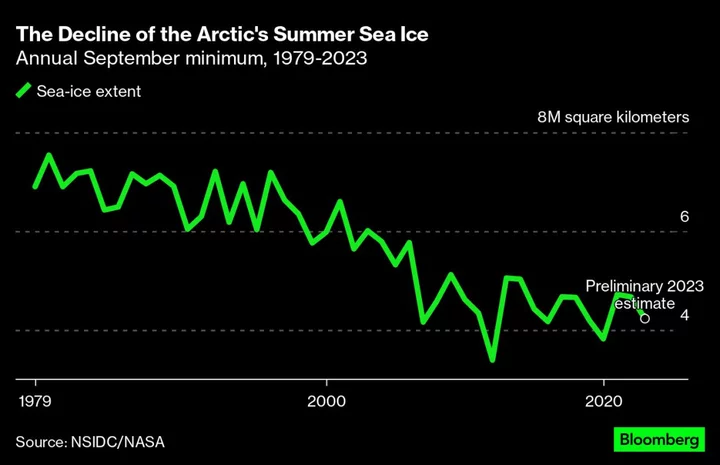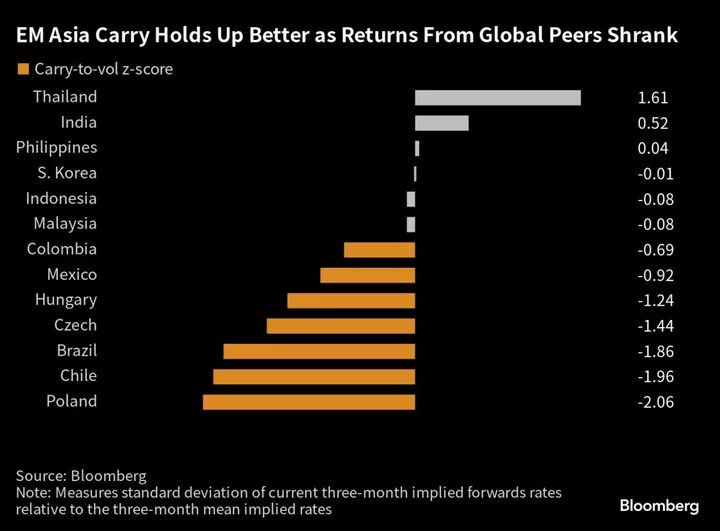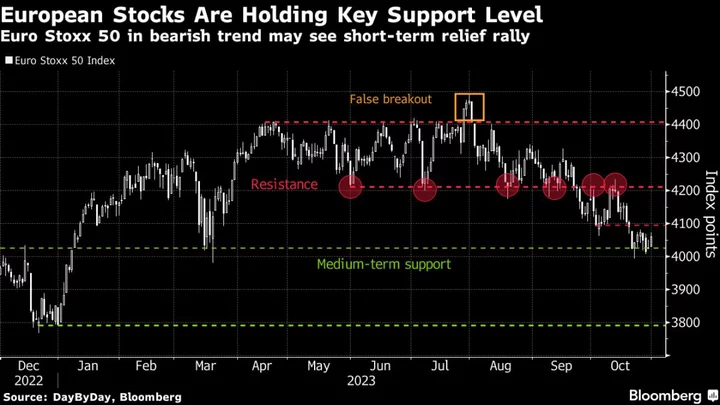At its largest expanse this year, sea ice covered less than 17 million square kilometers (6.6 million square miles) of the Antarctic — an area that is 1 million square kilometers (almost 400,000 square miles) smaller than the previous record low set in 1986, according to preliminary figures released Monday by the National Snow and Ice Data Center at the University of Colorado Boulder. The number represents the smallest peak extent in almost 45 years of satellite records.
Peak Antarctic ice coverage during the region’s winter — which is the northern hemisphere’s summer — likely occurred on Sept. 10. On that date sea ice stretched over 16.96 million square kilometers, after which it began to shrink, the NSIDC said. This took place almost two weeks earlier than the median date of September 23 between 1981 and 2010.
“There is some concern that this may be the beginning of a long-term trend of decline for Antarctic sea ice, since oceans are warming globally, and warm water mixing in the Southern Ocean polar layer could continue,” the NSIDC said in a news release.
Less sea ice means less sunlight is reflected back into space, and scientists are concerned that more open water may accelerate global warming. Scientists who study Antarctica observed months ago that the ice was struggling to grow back from its February nadir, in a stark deviation from usual patterns.
Read More: Scientists Are Worried About Antarctica’s Unprecedented Lack of Sea Ice Growth
“The last three or four months now is nothing like we’ve seen before, or would have expected, ever,” said Cecilia Bitz, a climate scientist specializing in sea ice at the University of Washington. “This tells me that the climate change we’re seeing is outside our range of experience and can’t be explained by natural variability.”
If sea-ice coverage that is dramatically lower than usual continues, more of the coastline will be exposed to ocean waves, the effects of which are not yet clear, the NSIDC noted. Scientists have all sorts of ideas about how sea ice and oceans interact in the Antarctic but most are theoretical and more study is needed, Bitz said.
Arctic Summer
In the Antarctic, sea ice typically covers the largest expanse of ocean at some point in September. After that, it begins a slow melt over the southern hemisphere’s summer, with the most open water typically seen in early March. The process is the same in the Arctic, though the winter-summer months are reversed.
The research center also released the latest summer sea-ice coverage estimates for the opposite side of the planet. They showed that sea ice covered just 4.23 million square kilometers of the Arctic Ocean at its lowest point this summer. That’s the sixth lowest figure recorded, and the 17 lowest were all posted in the last 17 years.
Read More: The Arctic Will Have Ice-Free Summers as Soon as the 2030s
Scientists are interested in understanding why a given year may have more or less sea ice, even though the multi-decade trend is clearly down, said Flavio Lehner, an assistant professor of Earth and atmospheric science at Cornell University who is also chief climate scientist for Polar Bears International.
“Was it because the air temperature was warmer, because certain weather patterns brought more warm air?” he asked. “Was it the ocean transporting more warm waters into the Arctic? Was it a big storm that broke up the sea ice and made it easier to be flushed out of the Arctic and melted? There’s different stories to every individual sea-ice-minimum year that help us better understand the vulnerability of the ice.”
Those variations can have a significant impact on those living in the region, from Indigenous communities to land and marine animals to the smallest flora and fauna. In the case of polar bears, for example, an earlier freeze in one area might mean an earlier hunting season, while a longer ice season might encourage the migration of bears from other areas. Understanding the variations, and the way animals are responding, is key to successful conservation, Lehner said.
“If we designate something, a national park or a marine sanctuary, but climate change makes that not habitable anymore for a species that we are trying to protect, then that’s a problem,” he said. “It’s a lot about teasing as much out of the data as we can to be prepared.”









